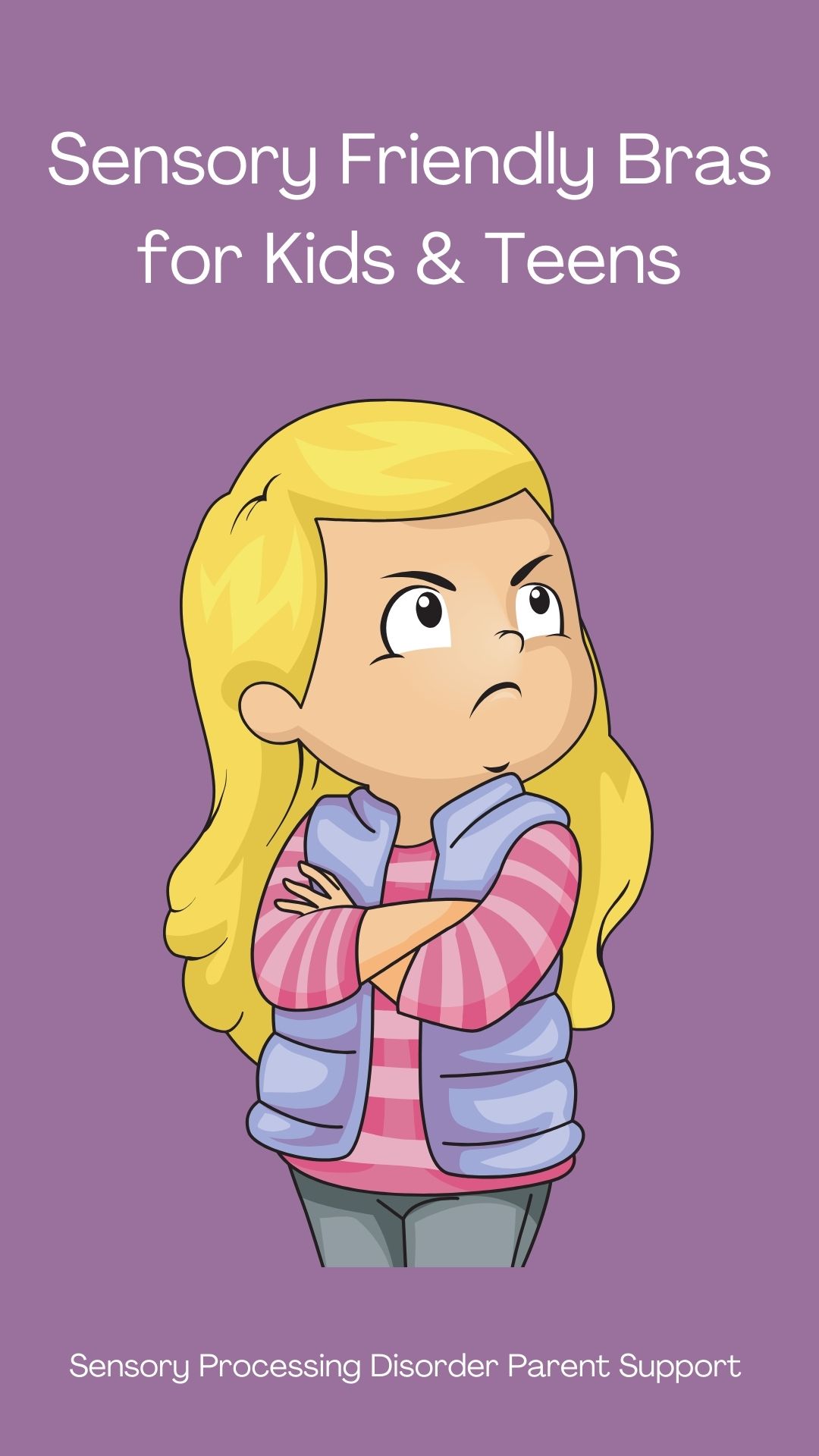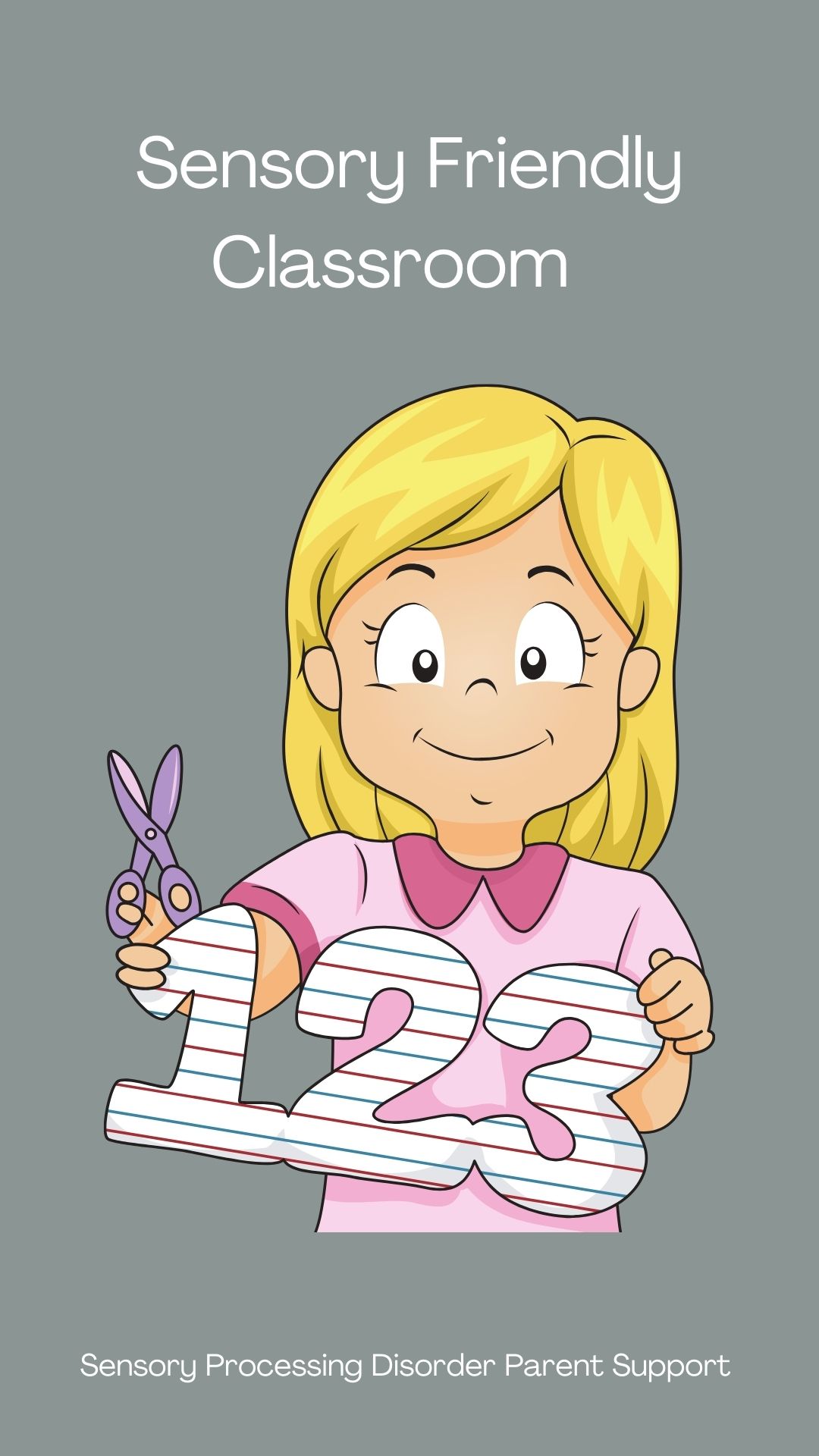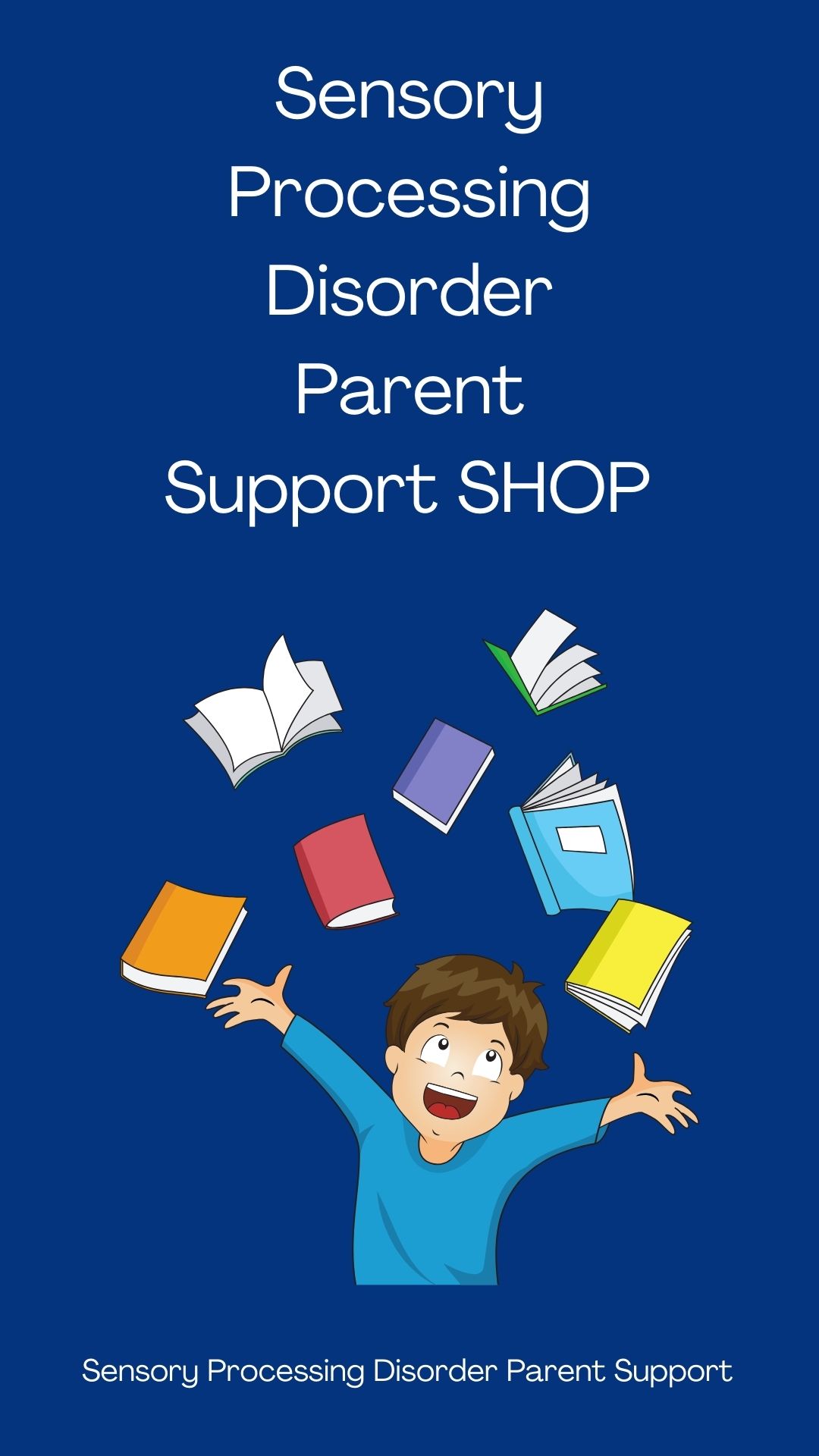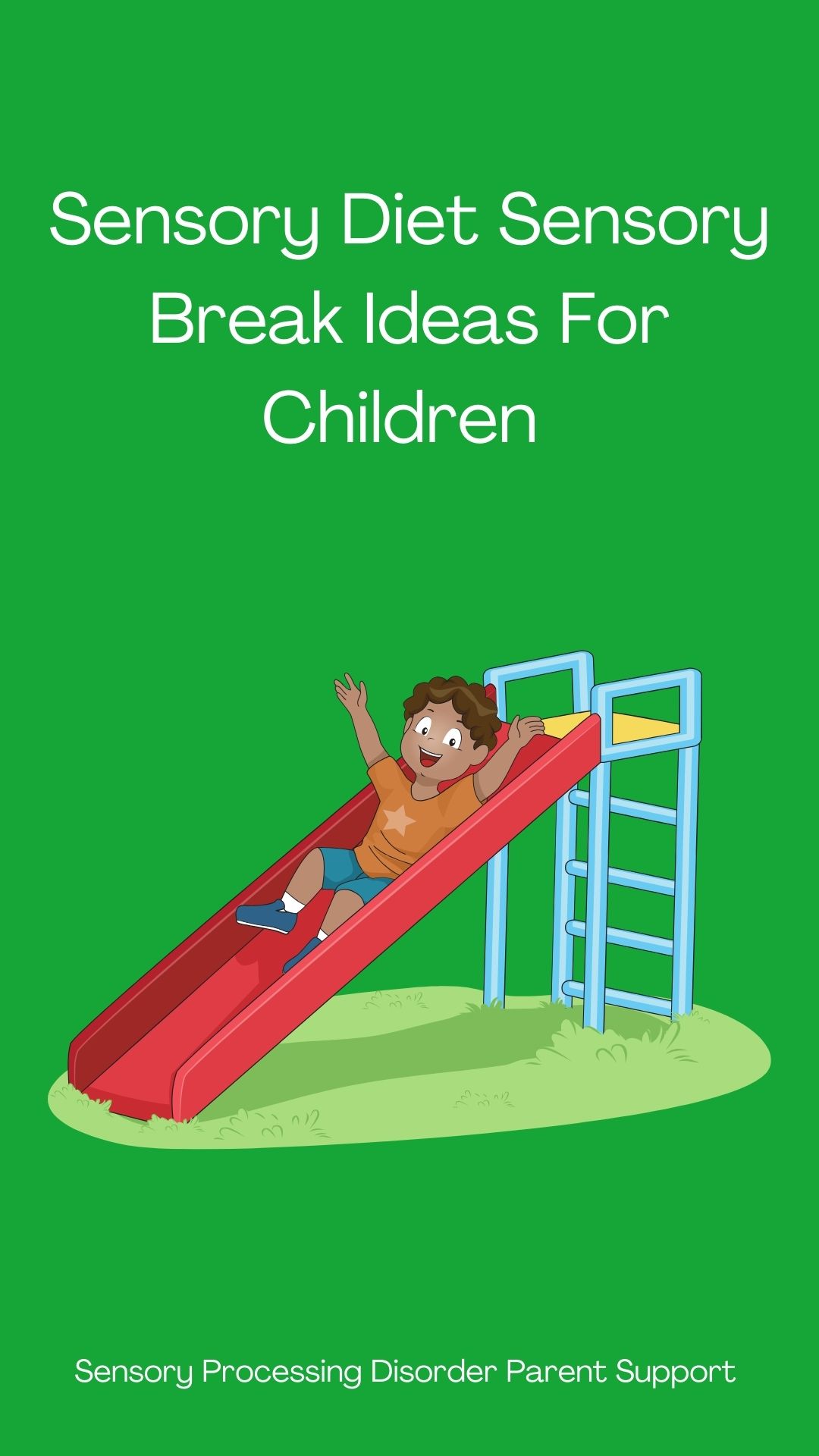
Sensory Processing Disorder Parent Support
Wilbarger Brushing & Joint Compressions
Children with sensory differences ... painting the world beautiful.
Wilbarger Brushing & Joint Compressions
Jeanette Loftus
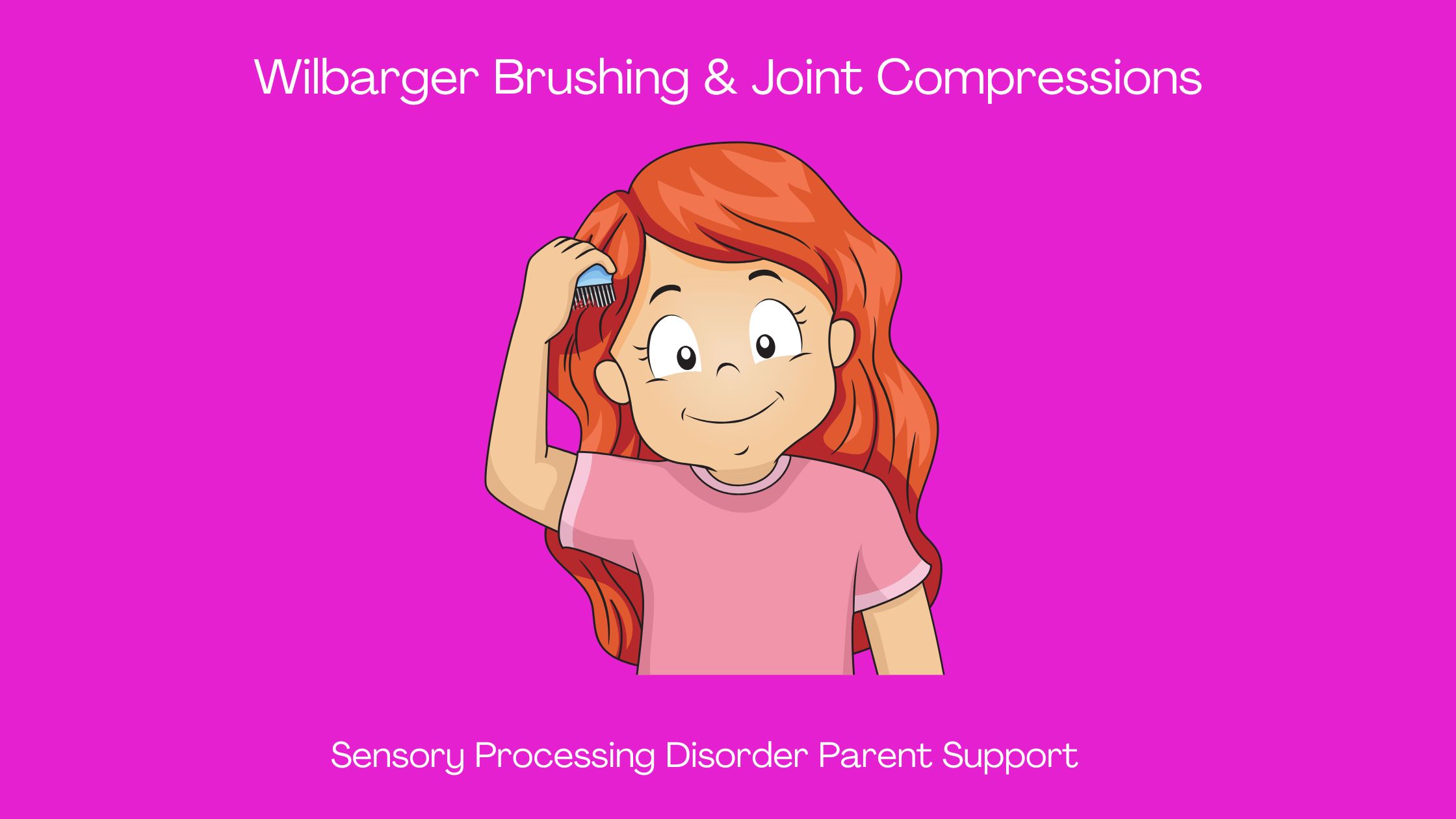
Wilbarger Brushing Protocol Technique (DPPT) and Joint Compressions are two very common sensory integration therapy techniques that are highly recommended by occupational therapists for children who struggle with Sensory Processing Disorder.
Behavioral, Physical, Social/Emotional Changes
- more motivated
- improved organization
- improved focus
- less sensitive to smells
- less sensitive to touch
- less irritable
- longer attention span
- decreased hyperactivity
- decrease impulsivity
- improved transitions
- participation in more activities
- improved sleep patterns
- increased tolerance of grooming tasks
- increased independence
- improved gross motor skills
- improved eating habits
- less wiggling
- improvement in handwriting
- more affectionate
- increased tolerance to clothing
- improved talking/communication
- improved tolerance of people
- less overwhelmed
- less anxious
- increased self-confidence/self esteem
- more patient
- more calm and relaxed
- improved mood
- decreased frustration
- increased interactions with others- improved eye contact
Sensory processing is the ability to take in, organize, and respond to sensory information from the environment and one’s own body. Individuals with sensory processing issues may have difficulty processing and responding to sensory input, which can impact their daily functioning.
Occupational therapists are trained to assess and treat sensory processing issues using a variety of techniques, including Wilbarger brushing and joint compressions. These techniques are just one part of a comprehensive sensory integration therapy program, which may also include other activities such as swinging, jumping, and playing with different textures.
Occupational therapists work closely with individuals and their families to develop individualized treatment plans based on each person’s specific sensory needs. They also collaborate with other professionals, such as teachers and speech therapists, to ensure a holistic approach to treatment.
Wilbarger brushing and joint compressions can be effective techniques for addressing sensory processing issues. These techniques, when performed by a trained occupational therapist, can provide sensory input and help individuals develop better sensory regulation.
If you or a loved one is struggling with sensory processing, it may be beneficial to consult with an occupational therapist to determine if these techniques would be helpful in managing symptoms and improving daily functioning.
Resources For Parents
All About Therapy The Wilbarger Deep Pressure and Proprioceptive Technique (DPPT) Explained - All About Therapy, PLLC
DISCLAIMER: I have learned a lot over the years but I am still learning. Always do your own research and exercise sound judgment. I am not an occupational therapist or a physician. I am an adult who has sensory processing disorder, a sensory parent and a Grandma. The information on this website is not medical advice and does not replace the information that your child's therapists or medical professionals give you. These are just ideas that I have learned myself over the years of being a parent and an adult living with SPD. If you are concerned for your child, please always seek medical attention through a family doctor, pediatrician or therapist. This website is for awareness purposes only. Each child is different and what works for one child may not for another because all children have different sensory needs. Please always consult with a medical professional. C lick on links throughout each page for more resources and information. Click here for more resources https://sensoryprocessingdisorderparentsupport.com/sensoryprocessingdisorderresources
Amazon offers a small commission on products sold through their affiliate links on my website. Each of your purchases through links on my website for Amazon affiliation links or sponsored links support me but no additional cost to you so thank you. I appreciate it so much! I am not responsible should you purchase anything from any links on this website.
Wilbarger Brushes
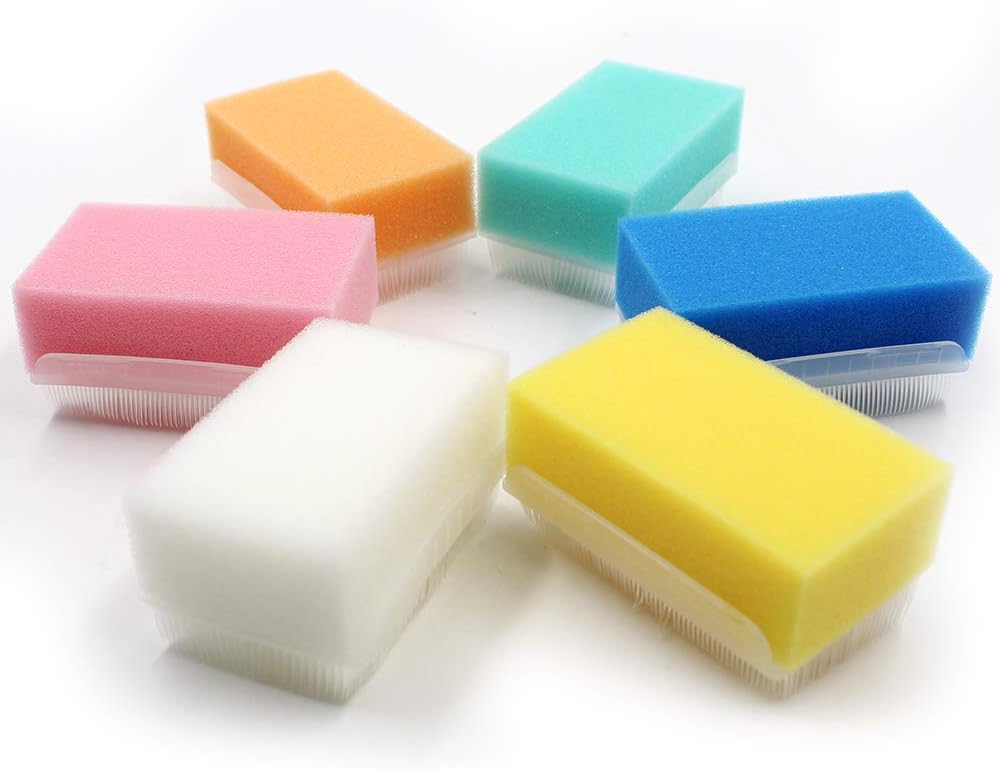
Amazon
OT Autism Sensory Therapy Brush
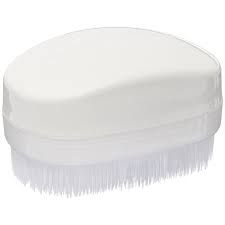
Amazon
Wilbarger Brushing Therapy Brushes Pack
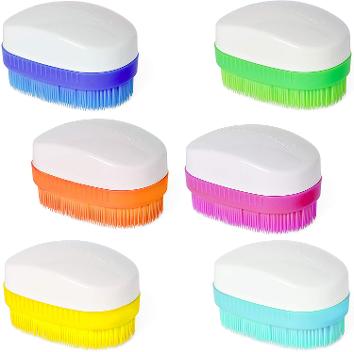
Special Supplies
Wilbarger Brushing Therapy Sensory Brushes
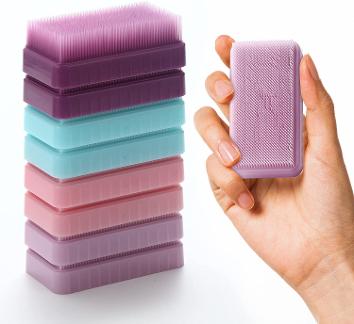
Special Supplies
Therapressure Therapy Sensory Brushes
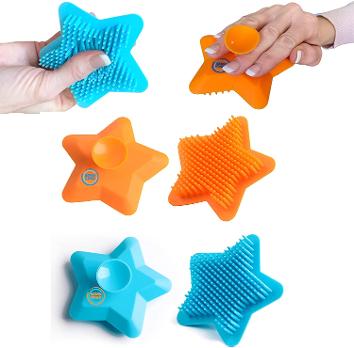
Amazon
OT Soft 2 Pack Therapy Sensory Brushes
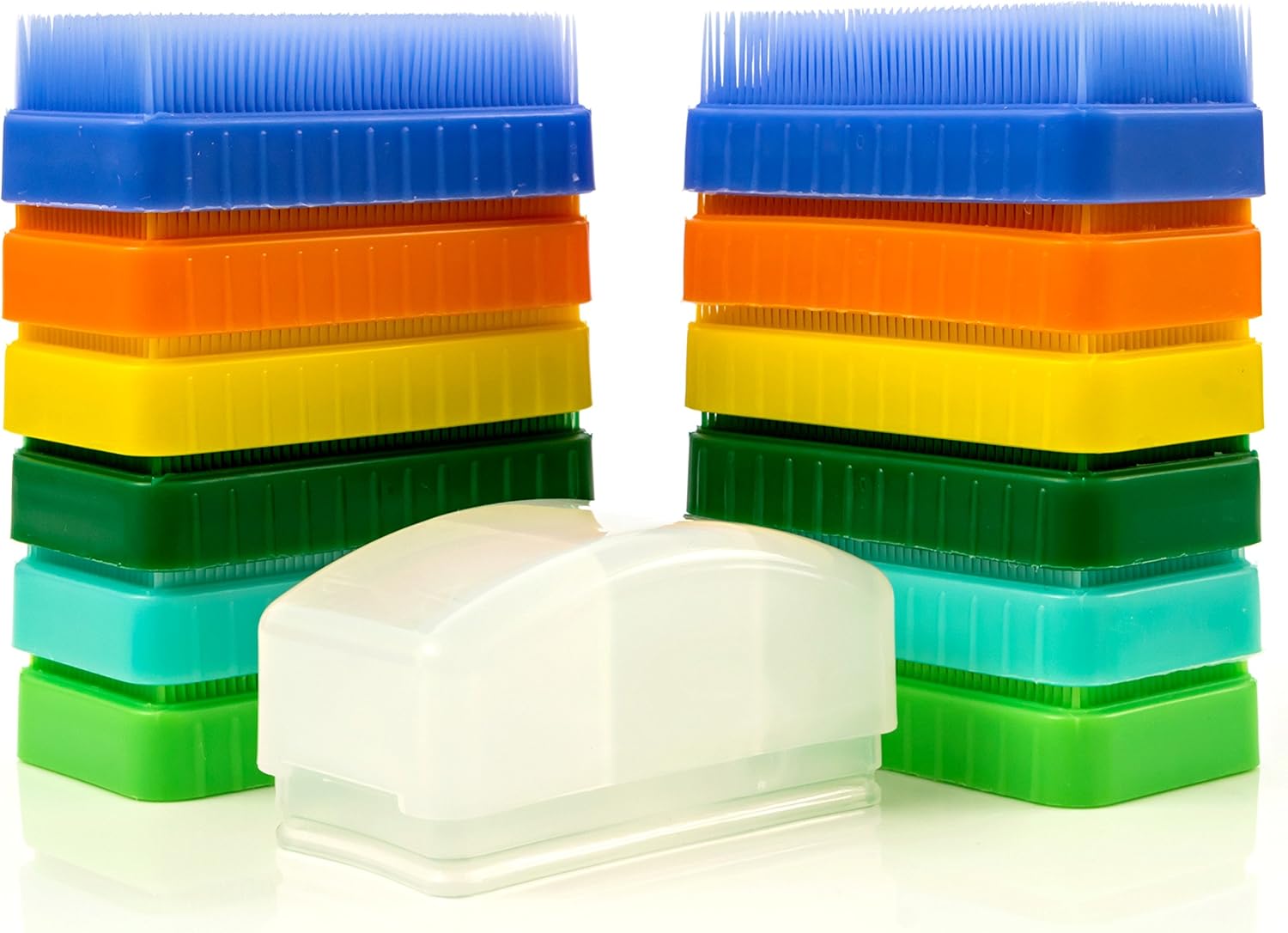
Special Supplies
Therapy Brushes Occupational Sensory Tools
